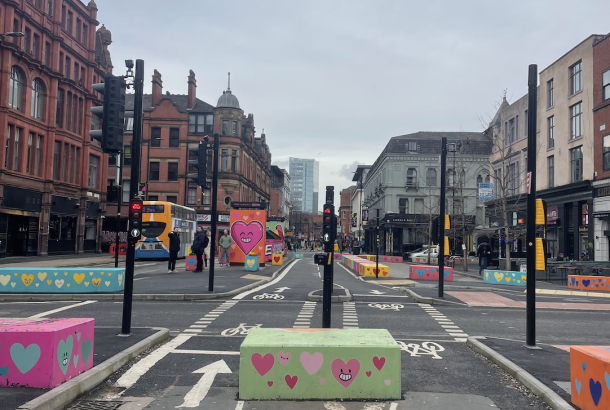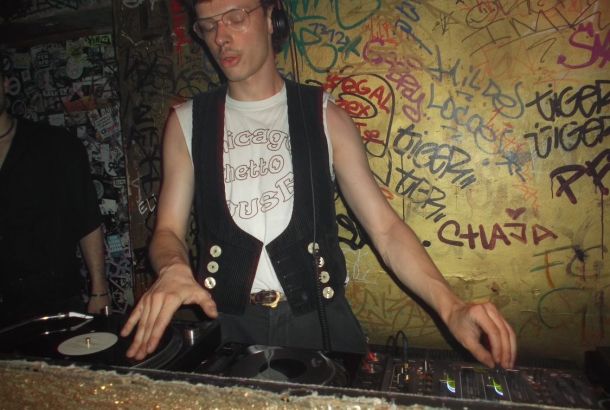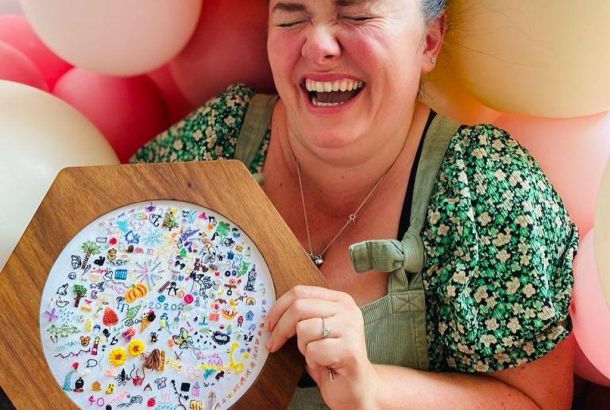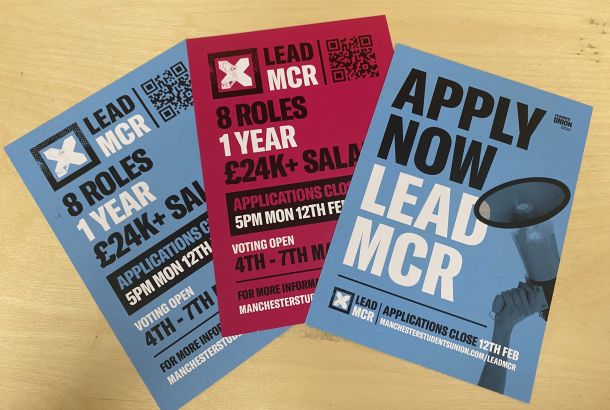Diego Garcia & Camp Thunder Cove: The UK’s Dark Secret
You may know about the island on which, a couple of years ago, one conspiracy theory believed the missing Malaysian airlines flight MH370 to have landed. But I’m not here to talk about that.
Diego Garcia is the biggest island in the Chagos Archipelago, a collection of small islands in the centre of the Indian Ocean. It was formerly occupied by the British and French during a time when slavery still existed. The inhabitants of the island are numbered at roughly 2,000. That is until 1967 when the UK, who still technically owned the island, decided to force the indigenous population to leave so that the USA could build a military base there.
People don’t often realise that during the slavery era, the Caribbean Islands were not the only places to which European colonisers took those from African countries. They were also taken to islands in the Indian Ocean to work on plantations.
As far as historians can tell, many Indian Ocean islands were uninhabited before European colonisers decided to make use of them. European powers took people from their colonies, including India, East Africa and even China, to work on the Indian Ocean islands, hence why countries in this region are now so ethnically, linguistically and religiously diverse.
The Chagos Islands are a key example of this. When slavery ended and the population continued living there, they made a happy home. Elsewhere, many of the islands were actually submerged, meaning that Diego Garcia had the highest land mass and was therefore the most populous of them all.
Since the early 18th century, Diego Garcia was a territory of nearby Mauritius where it was governed from. However, Mauritius was not independent from Britain until 1968, so Britain had always technically owned Diego Garcia. One condition of Mauritian independence was that the British gained full control over Diego Garcia, a move which led to the Chagos Islands becoming part of the British Indian Ocean Territory.
This was when things started to get tactical. There was a reason European colonisers chose to colonise many of the Indian Ocean islands. They were strategic gems. Located with direct access to southern Asia, eastern Africa, Australasia and the Middle East, this gave the colonisers reliable control over their colonies. By the time the British had full control over Diego Garcia, the Middle East was their key target in mind. The UK leased Diego Garcia to the US, who needed a military base that was close (but not too close) to the Middle East. A remote location was perfect.
Just one problem: the people who lived on the island. The answer? Simple – remove them.
UK and US officials removed all Chagossian people using brute force. It’s clear that the British government still saw the Chagos people as colonial subjects. The remote location was chosen deliberately. They knew no one would notice or care.
As a privileged Westerner, one cannot even begin to imagine the horrific ordeal the Chagossian people, and those living on the surrounding Chagos islands, had to endure. Western authorities forced them onto ships, similar to those used to transport slaves hundreds of years ago, like cattle to take them to slums in either Mauritius or the Seychelles. Before boarding the ships, pets were gassed to death in front of their owners. The Chagossian people were simply left on the shores of foreign islands with no money and no help from anyone.
The Mauritian government has never seemed to care for the Chagossians either. Compensation of £650,000 was given to the Mauritian government in 1972 to be distributed amongst the Chagossians. It wasn’t given until five years later, and that amount of money across 2,000 people is hardly enough to start life in a brand new country against ones own will. Regardless of how much money the Chagossians were given, nothing could erase their trauma.
So what has the US military been up to on the island since the military base was built?
According to the website Commander, Navy Installations Command, the mission on Diego Garcia is “to provide logistic support to operational forces forward deployed to the Indian Ocean and Persian Gulf AORs [areas of responsibility] in support of national policy objectives”.
The base is known as Camp Thunder Cove (formerly Camp Justice) and has become a reportedly multi-billion-dollar Navy and Air Force base for the Middle East and its supplies. It has been essential to the US’s role in the Gulf War, the Iraq and Afghan Wars, and intervention in Libya and Syria. According to Global Security, as of May 2016, the island has 1,700 military personnel and 1,500 civilian contractors. Most are American, with a handful from Britain.
Numerous reports from publications such as Time Magazine, The Guardian, The Telegraph and many other less-established media sites have gained evidence indicating that the island has been used for torturing terror suspects as part of the USA’s “Global War on Terror”.
Unlike other torturing sites (such as Guantanamo Bay), the media can get nowhere near it. It is strictly off-limits to any non-military personnel. However, in recent years, many images have been in public circulation, due the rise of the internet.
After decades of tireless campaigning by the Chagossian people, last week the British government announced yet again, unsurprisingly, that it would not allow the islanders to return to their home. The only way they could do is if the USA and UK decided that they no longer needed the military base and, realistically, this won’t happen any time soon. Though, on a more positive note, it was announced that £40 million would be given in compensation. The sad truth is that, for the Chagossian people, compensation will never rectify the damage already done.
Speaking about the compensation, Allen Vincatassin, president of the provisional government of the Chagos Islands, told the BBC: “We will need to discuss further [with the UK] how this money will be spent to change the lives of our people. This should have been given to us years ago. But in no way will we be accepting this as an exchange of our right to return.”
The British government maintains that it did not act illegally by forcibly removing the Chagossian people. But since when did something being legal automatically make it right? If dragging people from their homes and forcing them into slums is legal, then perhaps it is the British government’s moral standing that we should be calling into question.
Intergenerational grief from the trauma still hangs over all Chagossian people. Their fight is nowhere near over. Approximately 4,000 Chagossians have been born into exile. When Chagossians talk of their family members dying, though it may be in medical terms (often due to the poverty of living in slums), they often add that they died of “sadness”.
It is a little too early to fully know or understand the magnitude of President-elect Trump’s foreign policy. However, if his cabinet is anything to go by, the USA’s stance on the Middle East isn’t likely to soften.
We tend to think of colonisation as something of a time gone by, given that slavery was abolished well over 150 years ago, but what happened to the people of the Chagos Islands is clear evidence that Western powers are still trying to exercise their colonial rule.







